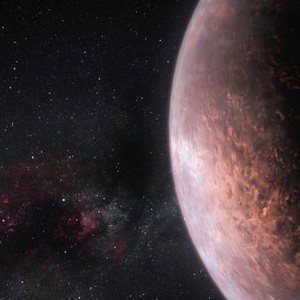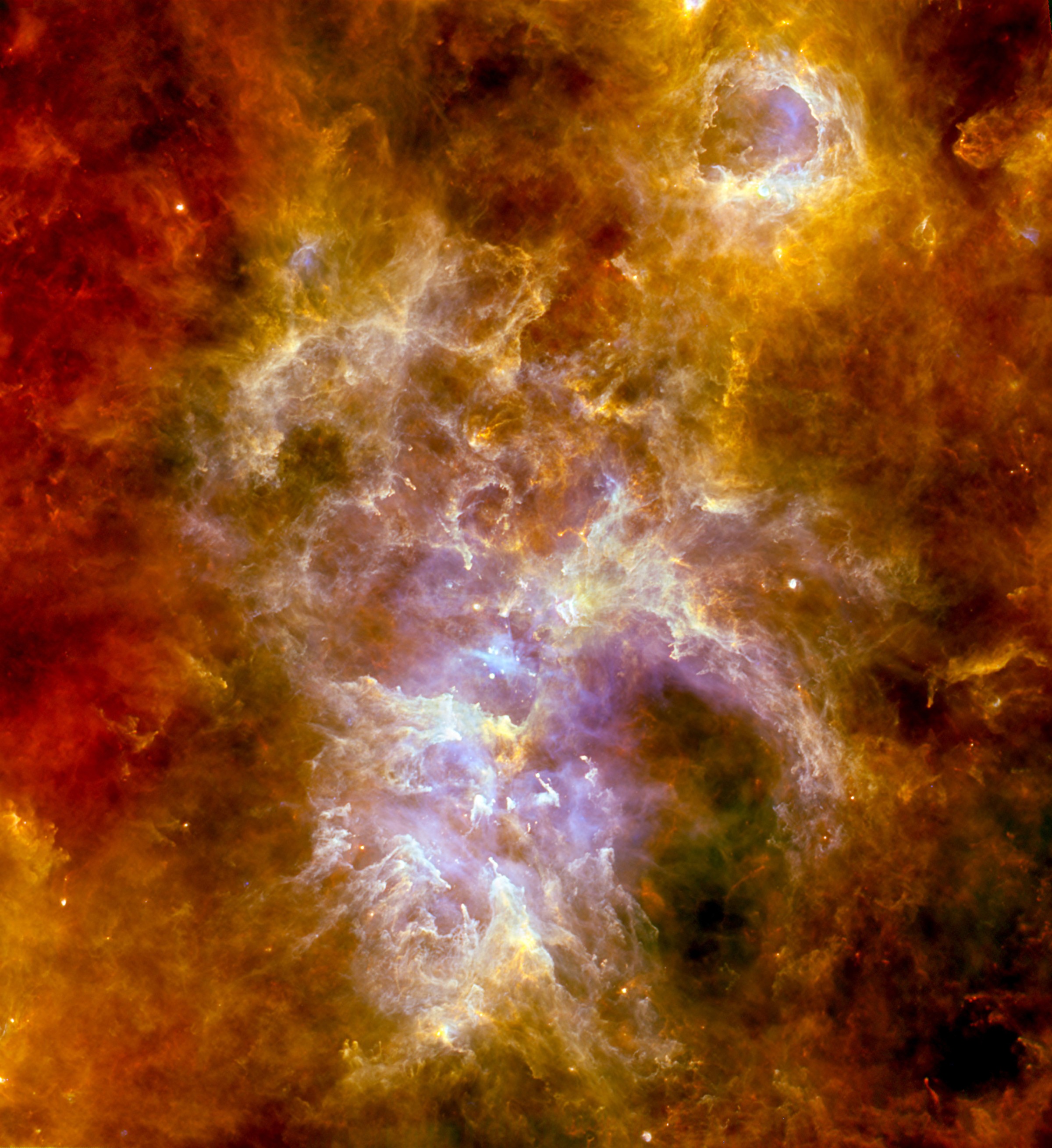Stars, Planets and Life
With the help of state-of-the art simulations and observations researchers at USM investigate the formation of stars and planets, the structure and dynamics of protoplanetary disks, and the signatures that different processes of planet evolution leave in planetary atmospheres.


